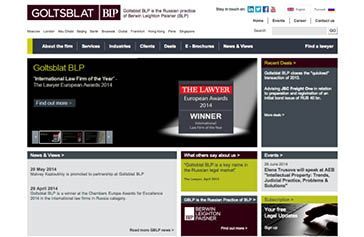It has been almost 25 since the privatization program in Poland was launched. However, despite of the length of the period the process is still ongoing. And it also looks like we will be involved in privatization and post-privatization transactions for many years to come.
But the number of entities to be privatized is not the only reason why the legal and non-legal aspects of privatization are and will remain so crucial to transactional attorneys. Instead, the many elements of the Polish privatization and post-privatization process are so diverse and challenging that in Poland some say that you have not lived as an M&A lawyer if you have never done a privatization or post-privatization transaction.
There are several reasons for this, most of which relate especially to post-privatization transactions. Whatever the reason, being a true transactional lawyer requires some experience with privatization processes.
One reason which deserves special attention is the participation of employees in the privatization process (a right ensured by Polish law). This also applies to farmers and fishermen as suppliers in cases of agricultural product processing or seafood processing enterprises.
Employees’ participation includes three substantial rights: (a) the right to acquire up to 15% of shares in the share capital of the company set up as a result of the commercialization of a State-owned enterprise (i.e., a stock option); (b) the right to appoint some of the members of the supervisory board; and (c) the right to appoint a member of the management board.
The first of these rights may be the most crucial in the subsequent transformation and M&A processes. Someone who has never gone through the management and acquisition process of former State-owner enterprises transformed into State-owned companies may not imagine challenges it brings.
Many of the commercialized state-owned enterprises (commercialization constitutes the first step of so-called “indirect privatizations” (involving a share deal), as opposed to direct privatizations (which are usually asset deals)) first undergo a restructuring. Once this process has been completed companies are offered for sale to private investors. The potential investors then have two challenges: (a) limitations on acquisition of 15% of the shares in the company; and (b) subsequent management of the process of acquiring shares from dozens or in some cases hundreds of shareholders.
The first challenge – the legal limit on acquisition of shares – prohibits employees (including farmers and fisherman) from disposing of their shares for 2 years after the State Treasury disposes of the first portion of its shares in the company. This is a sort of non-competition clause imposed in favor of the State Treasury. This obstacle is manageable, as there are several legal instruments which may be used (individually or in aggregate) to secure the position of the investor until the right time comes to definitely purchase the shares from the employees.
Manage the second challenge – the necessity of acquiring shares from a great number of shareholders – requires both legal expertise/experience and psychological and sociological skills. The minority and at the same time numerous shareholders do not usually constitute one solid conglomerate. Various competing interests come to light in the process of acquiring shares from those shareholders. Transactional lawyers dealing with this issue often need not only basic transactional skills, but also some familiarity with inheritance regulations and family law.
It can be difficult – but at the same time it can also be also very exciting and challenging. Either way: it is doable.
Thus, privatization involves many aspects beyond the strictly legal. As such it also brings M&A transactions much closer to society and to everyday life. And this is the real challenge lawyers should be prepared to face.
By Marcin Jakubaszek, Partner, Miller, Canfield, Paddock and Stone
This Article was originally published in Issue 3 of the CEE Legal Matters Magazine. If you would like to receive a hard copy of the magazine, you can subscribe here.







